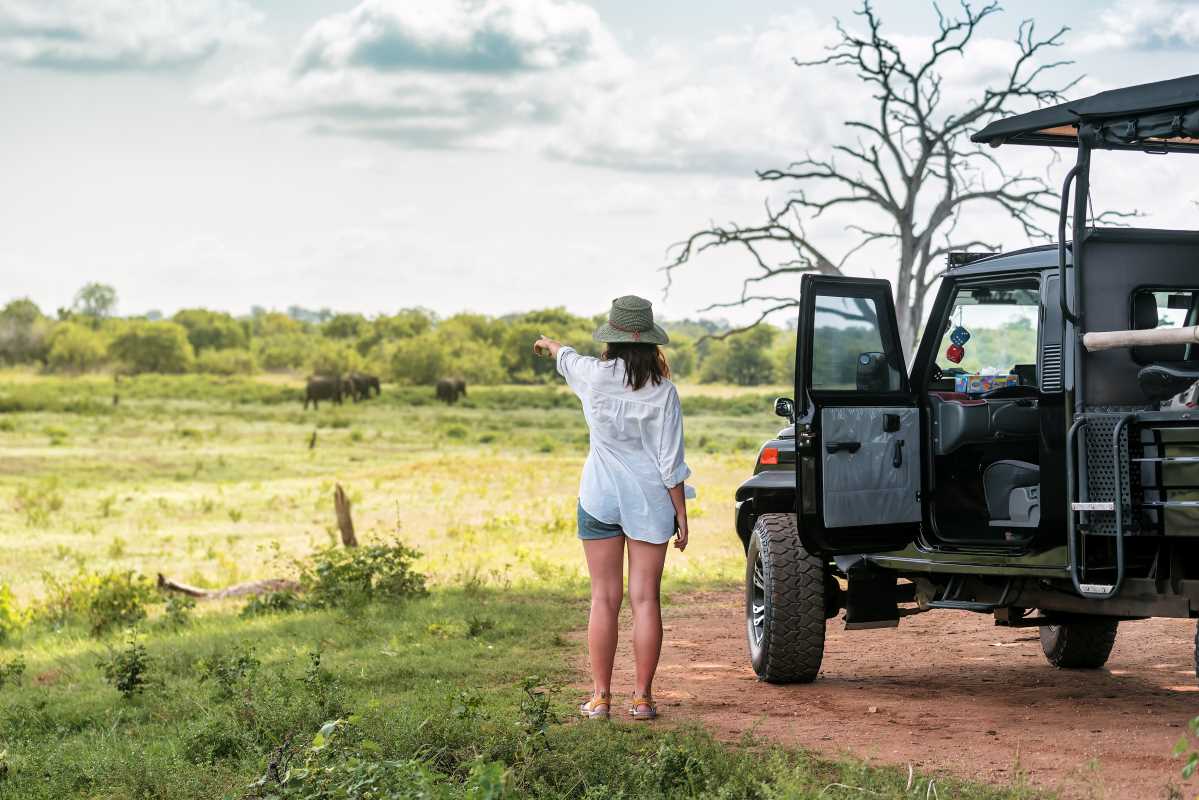Adventure parks and wildlife tours are an unbeatable way to combine fun, excitement, and a connection with nature. Whether you’re zipping through treetops, spotting rare animals in the wild, or exploring interactive exhibits, these experiences bring out the adventurer in all of us. But with so much to see and do, how can you make sure you’re actually getting the most out of your visit?
The key lies in smart planning, making mindful choices, and being open to the full adventure. From timing your activities to packing smart and engaging with tour guides, there’s plenty you can do to turn a good day into a great one. Here are seven proven strategies to help you make the most of your adventure park and wildlife tour experience.
1. Plan and Book Ahead
Spontaneity is fun, but when it comes to adventure parks and wildlife tours, planning is your best friend. Many of these destinations are incredibly popular, and without preparation, you might end up stuck in long lines or miss out on special activities altogether.
Why Planning Ahead Matters
Booking tickets or tours in advance often means shorter wait times and access to packages that might not be available at the gate. Plus, some parks offer online discounts or early-bird pricing when you reserve ahead of time.
For wildlife tours, research the season and time of day when animals are most active. For example, safaris in Africa or whale-watching tours in Alaska often recommend early morning or late afternoon trips for the best chances of wildlife sightings.
Pro Tip
Check the park’s website or app for maps, schedules, and real-time updates on weather or closures to help you make the most of your visit.
2. Time It Right
Timing can make or break your experience. Most people tend to show up in the middle of the day, creating heavy crowds and packed parking lots. Go early or stay late to beat the rush and enjoy a more serene atmosphere.
When to Arrive
Mornings are ideal because the weather is cooler, animals are more active, and you’ll have first dibs on popular attractions. If morning visits aren’t an option, consider staying until closing. Parks tend to empty out during the late afternoon or evening, giving you a more relaxed experience.
For seasonal visits, avoid peak holiday times when adventure parks are at their busiest. Weekdays also tend to be less crowded than weekends.
3. Dress Smart and Pack Light
Comfort is key when you’re spending the day outdoors, whether you’re trekking through the wilderness or queuing for roller coasters. The right clothing and gear can make your experience far more enjoyable.
What to Wear
- Opt for breathable fabrics, especially if you’ll be walking or hiking in warm weather.
- Comfortable, sturdy shoes are non-negotiable for most parks and tours. Flip-flops won’t cut it on a jungle boardwalk or zip-lining platform.
- Dress in layers so you’re prepared for unpredictable weather. Mornings might start chilly, but afternoons could heat up fast.
What to Bring
Lightweight backpacks are your best bet for holding essentials like sunscreen, water bottles, snacks, and a portable phone charger. Many parks don’t allow large bags in line for attractions, so keep it manageable.
Pro Tip: If you’re visiting a wildlife reserve, carry binoculars for better wildlife spotting without relying only on guides.
4. Research and Prioritize
Adventure parks and wildlife tours often have a lot more to explore than you can fit in a single day. Before your visit, take the time to research what’s available and prioritize the activities or exhibits that interest you most.
A Game Plan
For adventure parks, note top attractions and whether they require specific timing, like a roller coaster with long lines or a zip line with scheduled slots.
On wildlife tours, prioritize experiences that align with your interests. For instance, some people might prefer spending extra time with a particular animal species, while others will want to explore photographic hotspots.
The Beauty of Research
Knowing what to expect, like the approximate length of a trail or what animals are frequent in certain regions, can save time and help you focus on what excites you the most.
5. Engage with Guides and Staff
Whether it’s a knowledgeable park ranger or a trained wildlife tour guide, the staff at parks and tours are an invaluable resource for enhancing your experience.
Why Guides Matter
Guides can tell you fascinating stories and facts that you might miss if you’re just walking through on your own. For wildlife tours, guides have the expertise to spot animals that would otherwise go unnoticed, like camouflaged leopards or tiny hummingbirds darting between trees.
Don’t hesitate to ask questions! Guides are often passionate about what they do and love sharing their knowledge. They might even point you toward special spots that aren’t listed on maps or brochures.
6. Slow Down and Be Present
With so many attractions vying for your attention, it’s tempting to rush from one activity to the next. But sometimes, the best way to enjoy an adventure park or wildlife tour is to slow down, soak in the surroundings, and really be present.
Why It Pays to Pause
Taking your time creates space to notice the little things, whether it’s the intricate designs of a rainforest insect or the quiet calm of an aquarium tunnel.
On a wildlife tour, patience often pays off. Animals don’t follow a set schedule, and some of the most magical moments happen with a little wait time, like spotting a giraffe gracefully drinking water or a family of penguins waddling across the ice.
7. Respect the Rules and Nature
Adventure parks and wildlife tours are unforgettable experiences, but they also come with responsibilities. Following the rules and being respectful helps protect the environment, wildlife, and other visitors.
Key Guidelines
- Stay on marked paths or trails to avoid damaging fragile ecosystems.
- Use designated trash bins to keep the area clean and safe for animals.
- When observing wildlife, keep your distance and avoid loud noises or sudden movements. Remember, you’re in their home, not the other way around.
Adhering to the rules ensures these parks and tours remain available for generations to come. It also makes your experience more authentic and meaningful, knowing you’ve done your part to protect these precious spaces.
 (Image via
(Image via





.jpeg)